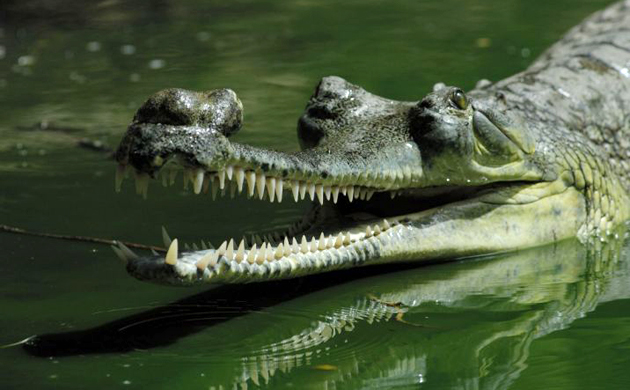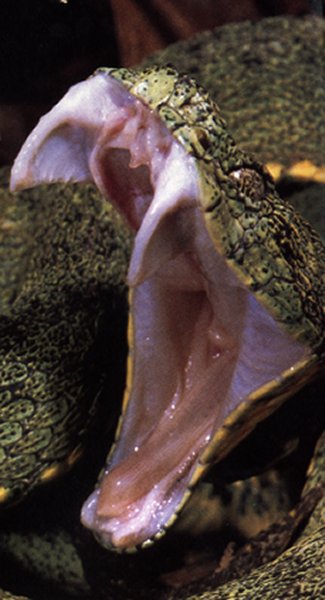
Gharials- These critically endangered members of the family Gavialidae are characterized by their long, slender jaws. They have many razor-sharp teeth, well adapted to eating fish. They live only on the Indian subcontinent and along with the Saltwater crocodile and the Nile crocodile, it is amongst the largest of all crocodiles, growing to lengths of 20 feet or more.
 Caiman- South and Central american reptiles that are closely related to alligators. They are amongst the most common of crocodilian species due to their tolerance to both fresh and saltwater.
Caiman- South and Central american reptiles that are closely related to alligators. They are amongst the most common of crocodilian species due to their tolerance to both fresh and saltwater.


